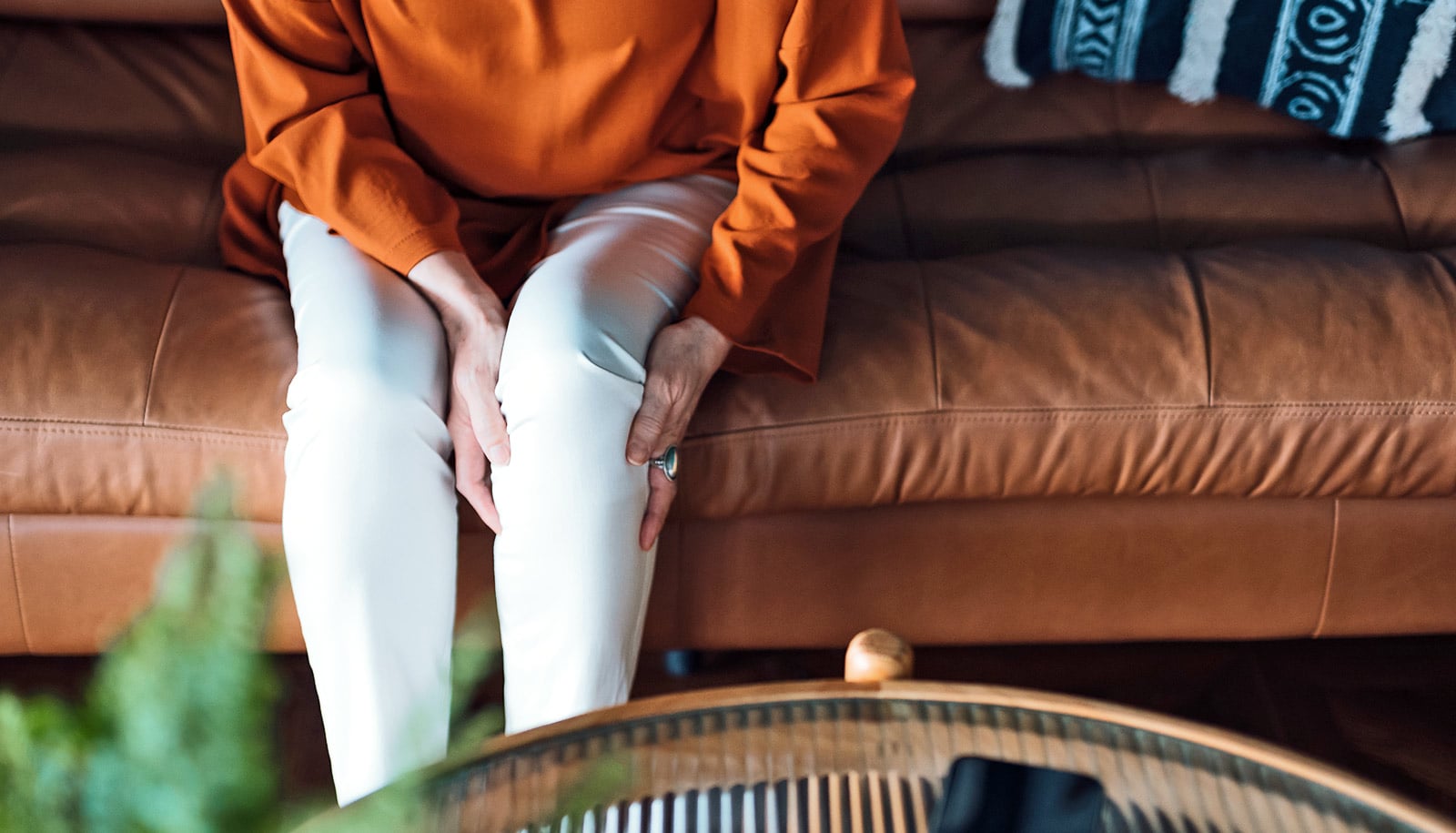The ankle’s ability to regenerate cartilage uses the same mechanisms that enable some animals to grow new limbs, and it could be harnessed to repair cartilage in knees and hips hobbled by osteoarthritis.
Those findings in the journal Science Advances represent a major step forward in regenerative medicine, identifying the stress-induced regenerative capabilities of human ankle cartilage and providing a new potential framework for joint repair.
Osteoarthritis is a common disorder characterized by the breakdown of cartilage in the joints. It affects an estimated 7.6% of people worldwide and has no cure and few effective treatments.
“The novelty of our work lies in the innovative use of mass spectrometry to distinguish newly synthesized from older proteins, providing a way to measure the active versus inactive state of cartilage regeneration,” says Virginia Byers Kraus, professor in the departments of medicine, pathology, and orthopaedic surgery at Duke University School of Medicine.
She explains that the technology provided a definitive readout of regenerative activity, which enabled the identification of small RNAs (smRNAs) acting as master regulators—some becoming activated to promote cartilage repair, while others were silenced because they normally inhibit growth.
In the absence of osteoarthritis, these smRNAs act like orchestra members warming up their instruments, with everyone playing different notes in discord.
But when osteoarthritis occurs, the smRNA immediately snap into formation and appear to act in concert, like a symphony, enabling cartilage repair.
These smRNA are in abundance in human ankles and several are identical to those that enable zebrafish and salamanders to regrow severed limbs. They are scarcer in human knees, and even more rare in hips.
The researchers surmise that this difference among human joints might be an evolutionary holdover, with the ankle retaining some regenerative capacity as the human skeletal structure evolved.
The existence of these markers in the ankles is giving Kraus and colleagues hope that they can optimize this innate restorative function and target it to knees and hips, which are the most common sites for osteoarthritis.
“Ankle cartilage represents a regenerative environment and could serve as a template for enhancing cartilage repair in less regenerative joints such as the knee and hip,” Kraus says.
She says the research team has now shifted their focus to animals, including zebrafish, to test how they might better understand and harness the functions of these smRNAs.
Kraus and coauthor Ming-Feng Hsueh are inventors on a provisional patent application related to this work filed by Duke University. The authors declare no other competing interests.
Source: Duke University



